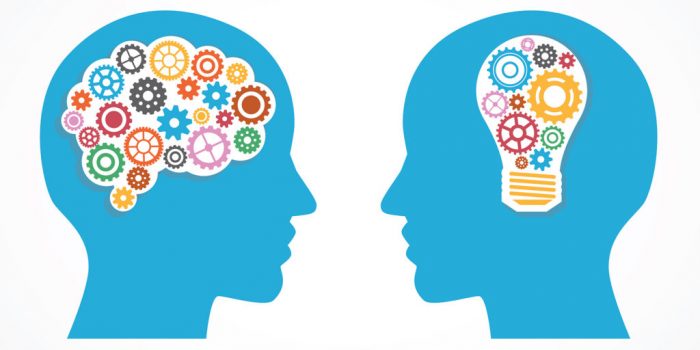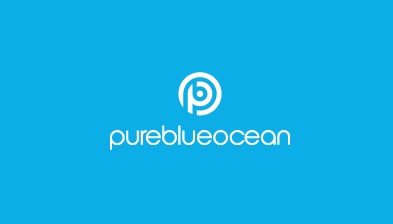
Description
Think Customer Event: Series 3 Mindset and Metrics
This is our final blog sharing the outputs from our ‘Think Customer’ Community Event where we held insightful discussions with senior leaders from some of the world’s prominent FMCGs such as Nestle, Nelsons and Mizkan. Our aim for our community events is to give clients a stimulating and safe environment where they can discuss relevant issues and gain input on how to solve these challenges. Our first community event ‘Think Customer’ focused on key responses to the pre and post pandemic world, and how this might impact interactions and success with customers. If you missed our first blog which shared the thoughts on Customer Experience you can read it HERE and our second blog on Business Rhythm and Strategy can be found HERE In this blog, we want to share the key points and thoughts that came from our discussion regarding our team’s mindset and how we need to adapt our approach to continue to motivate and measure performance in this new normal world of remote working. We shared with the group that we have seen many organisations giving additional days holiday in recognition of the intense period we have all had to endure. Companies such as Bumble and Microsoft have given an extra 5-day holiday. Not only does this motivate people, but they come back refreshed and you are more likely to retain them. We also shared that Reckitt Benckiser has informed their employees that they don’t need to come back to the office unless it is to ‘Coach, Collaborate, Create or Connect.’ This is a powerful and empowering approach, recognising that we don’t need to be sat at our office desks. But evidently not being in the office means we need to think differently in how we monitor, engage and motivate our teams. Some things to consider:- Success is in abandoning presenteeism and measuring the impact of an individual not their timesheet.
- We have developed ‘pillars’ in Revenue Management, Shopper Marketing, Category and Insights and have built our expertise – how do we bring these pillars together for success? Is this like the journey undertaken on Category Management – moving from an expertise to a basic expectation?
- Amongst the group there are wide range of ‘back to the office’ conversations – from 5 days to not at all – but also a wide range of needs and expectations from colleagues. This an area to watch as this is new territory. However, regardless of the approach businesses need to be clear and consistent with the decision across the organisation:
- Making the new hybrid approach work is about clarity of roles, responsibility, and an abundance of empathy. The ‘acceptability’ of working from home is about creating a common language and shared flexibility.
- Frameworks are needed – you must have some rules, and this needs to be rigid and clear.
- Managing ‘downtime’ and personal connections needs to be built into a rhythm and sustainable working culture.
- Covid has helped everybody be available ‘at the click of a button’ and to be able to work cross functionally – how will this work when we get back to workspaces that are not yet equipped to deliver this?
- The virtual working approach has allowed us to get closer to our factory and operational colleagues – we do not want to lose these connections as we enter a new phase of work.
- How do we gear our teams to re-adapt to the physical world, and still be able to work in an agile manner? Do we have the right technology? Are our leaders equipped to manage this?
- Does the virtual world favour the extravert over the introvert? – What impact might this have on talent development and tools needs to grow an effective working environment?
- What does the future of Capability Development look like? It is likely to retain a hybrid mix due to cost and flexibility – some care needs to be taken for personal development and the need for social interaction – for example 1-2-1 coaching.
Info
-->





